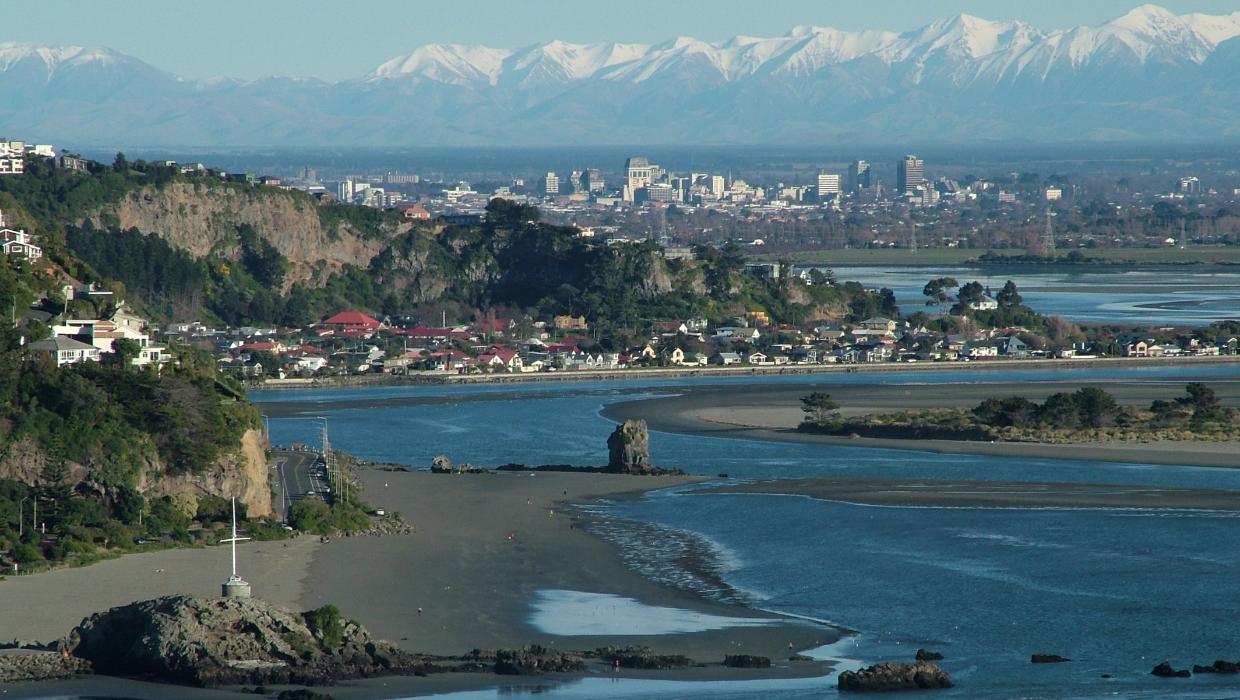Business
South Island Surges as North Island Faces Economic Decline

The economic landscape in New Zealand is becoming increasingly polarized, with the South Island exhibiting strong growth while many regions in the North Island struggle to maintain stability. Recent data indicates that the South Island’s economy has expanded significantly, contributing to a noticeable divide between the two islands.
According to the Ministry of Business, Innovation and Employment, the South Island’s economy grew by $2.5 billion in the past year, fueled by a resurgence in tourism and agricultural exports. In contrast, areas in the North Island are experiencing a downturn, particularly in sectors heavily reliant on manufacturing and services, which have not yet recovered from the impacts of recent economic challenges.
Factors Behind the Economic Divide
Several factors contribute to this growing economic divide. The South Island has benefited from a robust tourism sector, which rebounded swiftly following the easing of pandemic restrictions. Popular destinations like Queenstown and Dunedin have seen increased visitor numbers, revitalizing local businesses and driving demand for services. In addition, agricultural exports, particularly in wine and dairy, have remained strong, further bolstering the South Island’s economic performance.
Conversely, the North Island is grappling with challenges that hinder its recovery. Many regions, including parts of Auckland and Wellington, have reported declines in employment rates, with job losses particularly pronounced in the hospitality and retail sectors. The economic activity in these areas has not returned to pre-pandemic levels, leaving communities struggling with increased unemployment and reduced consumer spending.
Looking Ahead: Policy Implications
The stark contrast between the two islands raises questions about the effectiveness of current economic policies. Some economists argue that targeted investment in the North Island is essential to stimulate growth and address the disparities. There is a growing call for government intervention to support affected regions, particularly those reliant on industries that have been slow to recover.
Local leaders emphasize the need for a comprehensive strategy that not only addresses immediate economic concerns but also focuses on long-term sustainability. Investment in infrastructure, workforce development, and support for emerging sectors could play a vital role in bridging the economic gap between the North and South Islands.
As New Zealand continues to navigate its economic recovery, the divergent paths of the two islands highlight the importance of tailored policies that respond to the unique needs of each region. The situation remains fluid, and ongoing analysis will be crucial in understanding how these dynamics evolve in the coming months.
-

 Sports2 months ago
Sports2 months agoNetball New Zealand Stands Down Dame Noeline Taurua for Series
-

 Entertainment2 months ago
Entertainment2 months agoTributes Pour In for Lachlan Rofe, Reality Star, Dead at 47
-

 Entertainment2 weeks ago
Entertainment2 weeks agoNew ‘Maverick’ Chaser Joins Beat the Chasers Season Finale
-

 Sports2 months ago
Sports2 months agoSilver Ferns Legend Laura Langman Criticizes Team’s Attitude
-

 Politics3 weeks ago
Politics3 weeks agoNetball NZ Calls for Respect Amid Dame Taurua’s Standoff
-

 Entertainment2 months ago
Entertainment2 months agoKhloe Kardashian Embraces Innovative Stem Cell Therapy in Mexico
-

 Sports2 months ago
Sports2 months agoGaël Monfils Set to Defend ASB Classic Title in January 2026
-

 World3 months ago
World3 months agoPolice Arrest Multiple Individuals During Funeral for Zain Taikato-Fox
-

 Entertainment4 weeks ago
Entertainment4 weeks agoTyson Fury’s Daughter Venezuela Gets Engaged at Birthday Bash
-

 Sports4 weeks ago
Sports4 weeks agoHeather McMahan Steps Down as Ryder Cup Host After Controversy
-

 Entertainment4 weeks ago
Entertainment4 weeks agoTyson Fury’s Daughter Venezuela Gets Engaged at Birthday Bash
-

 World4 weeks ago
World4 weeks agoNew Zealand Firefighters Plan Strike on October 17 Over Pay Disputes


















